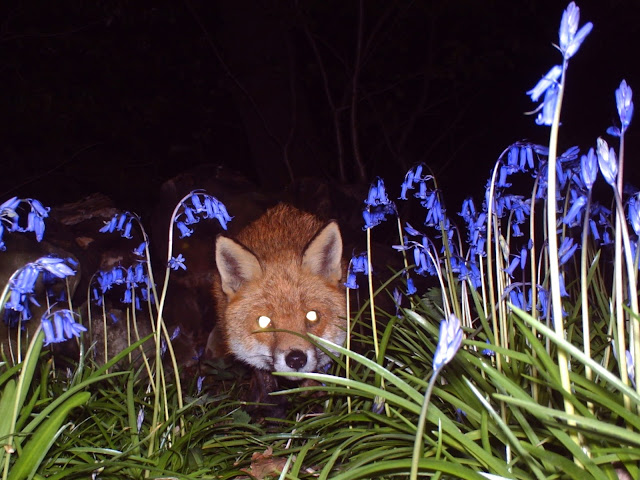This week's bee is the buffish mining bee (Andrena nigroaenea). Although it has featured here before I chose it because it is at the peak of its activity for the year, as I saw on the Spetchells a couple of days ago. When I arrived the weather was cool and cloudy so there were plenty of bees sitting around, waiting to warm up. These are males (the black background in some photos is where I have used flash).
And these are females.
This is a close up of the scopa, the pollen brush, on the female bee's back leg, showing a few pollen grains.
This one is resting having just returned with a full pollen load.
As soon as the sun came out the bees became much more active. Here you can see a cloud of males patrolling a gorse bush.
There were thousands of bees flying. I don't know what the male:female ratio is for these bees but there looked to be many more males, in which case most of them will never get to mate. This one (on the left) struck lucky.
I have read that the males vary considerably in size. I am not sure if these Andrena males are all nigroaenea (Andrena males from different species can look very similar) but, if they are, there is certainly size variation.
The females each dig a nest burrow in the ground, producing a tiny volcano.
Here is one emerging from her nest hole.
This female is foraging on dandelion a couple of hundred metres away.
This one is returning with a pollen load.
Under ground the tunnel leads to several cells, each of which is provisioned with pollen before the female lays an egg. Each cell will produce one bee next year. The male and female flying bees live only a few weeks.






















































